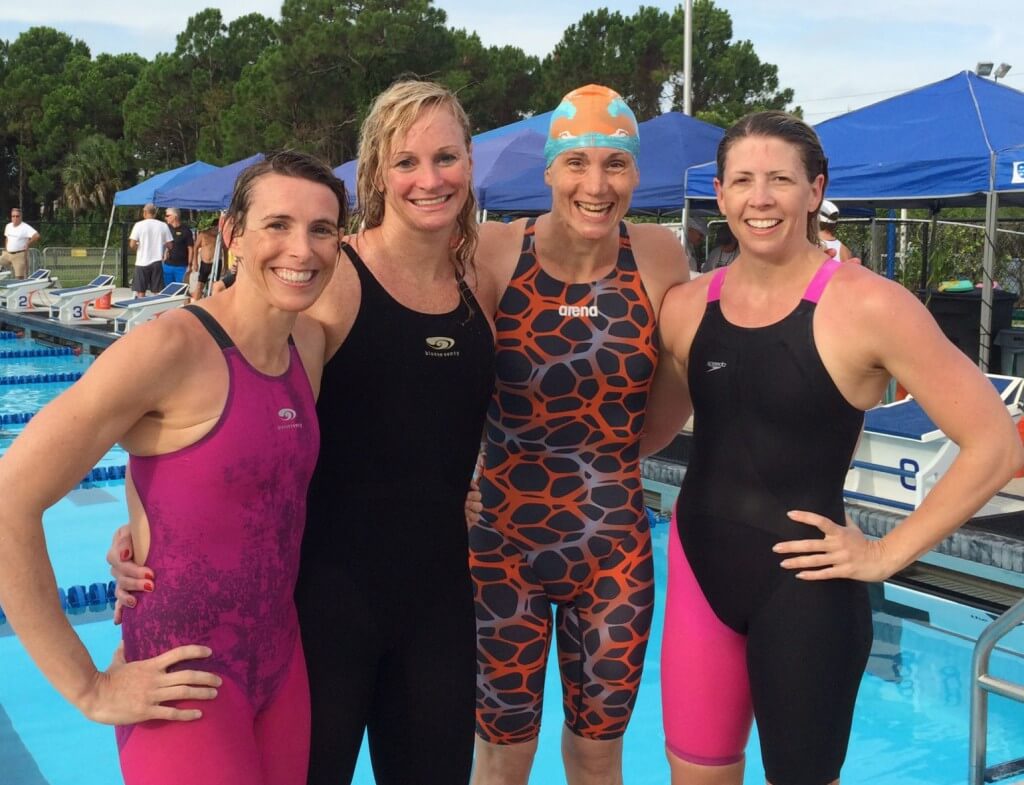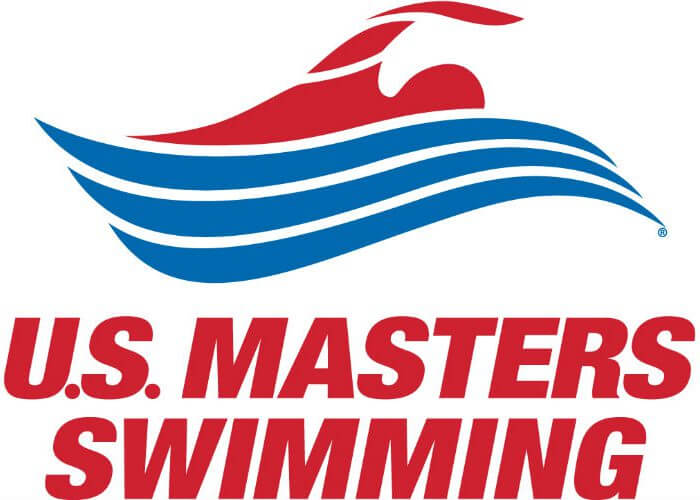Why Graduates Choose Masters Swimming

Why Graduates Choose Masters Swimming
Waking up at the crack of dawn to the ambulance-like siren of an alarm clock is the lifestyle that college swimmers become quickly accustomed to. Going straight from hours of early morning practice to dryland training, and then to a second practice, already sounds like a packed day.
Now add classes, club meetings and homework, and you get an idea of just how many tasks fill a college swimmer’s average day. This rigorous, nonstop way of life takes a lot of motivation to adjust to and is a major reason why so many club and high school swimmers decide to hang up their cap and goggles and retire from their swimming careers when they enter college. These former swimmers do not necessarily want to stop participating in their favorite pastime. Rather, it is the fact that college swimming is not only a major time commitment, but also a physically and mentally draining one.
As high school and college seniors near graduation this spring, they find themselves face-to-face with the inevitable question of what to do next in regards to their swimming careers. High school seniors may not want to deal with the pressures of swimming for a college level team, while college seniors may not want to endure the challenges of practicing on their own. However, there is a perfect solution for both graduating classes: Masters swimming.
U.S. Masters swimming teams exist throughout the country and offer a supportive and laid-back environment to sustain effective training, allowing this sport to continue to play a role in swimmers’ lives post-graduation.
“Swimming was what I knew and did,” said former Bucknell University swimmer Dave Dunlap. “I swam competitively from elementary school to college and took a few years off after graduating before starting to say, ‘I need to get back into shape.’”
Offering practices from 7-9 p.m. five nights a week, Dave Dunlap’s Masters team became the perfect place to foster his drive to get back in the pool. By not tracking attendance and allowing meets to be optional, Masters swimming provided him and his teammates with a shared space to encourage their love for the sport in a way that was not as overwhelming or time-consuming as college swimming tends to be.
 There are about 65,000 U.S. Masters swimmers across the country, varying from lifelong competitive swimmers all the way to beginners and ranging in age from 18-104 years old. This nonprofit organization helps provide a welcoming environment for all levels to embrace their passion for swimming.
There are about 65,000 U.S. Masters swimmers across the country, varying from lifelong competitive swimmers all the way to beginners and ranging in age from 18-104 years old. This nonprofit organization helps provide a welcoming environment for all levels to embrace their passion for swimming.
“If you’re 80 years old and just want to swim a few laps, you can get into one lane, while a former college swimmer who wants an intense workout can get into another lane,” Dunlap said, in regards to the flexibility of Masters.
The fact that Masters swimming can be so adaptable and accommodating for such a wide variety of skill sets is part of its great appeal, as you get to decide how vigorous a workout you want and how competitive you want to be about it.
“I was ready to be done with the sport when I finished college. But when I started doing masters swimming, I could come and go as I pleased. I could compete however often I wanted and just having that freedom of choice was huge,” Ken Dunlap, a former University of Virginia swimmer and younger brother of Dave Dunlap, said.
Allowing swimmers to have a say in all aspects of the sport, from what they swim at meets to whether they even want to compete in competitions, is what makes Masters so refreshing. High school and college swimmers become attuned to the notion that their coaches make most of the decisions for them. In joining a high school or college team, swimmers understand that they are making a commitment to train and do their part for their team. Even if this entails having to hold tight intervals in practice or being forced to swim the 400 IM at meets, high school and college swimmers acknowledge that this is what they signed up for. It is this factor of high school and college swimming that makes Masters all the more liberating of an experience, through giving swimmers the power to be in control of what they do in the pool.
“You can get out of it whatever you want to get out of it,” Ken Dunlap said.
At the end of the day, that is the real beauty that comes from Masters swimming.




I love the fact that this article was posted at 5:10 AM! Probably on her way to morning USMS practice!!